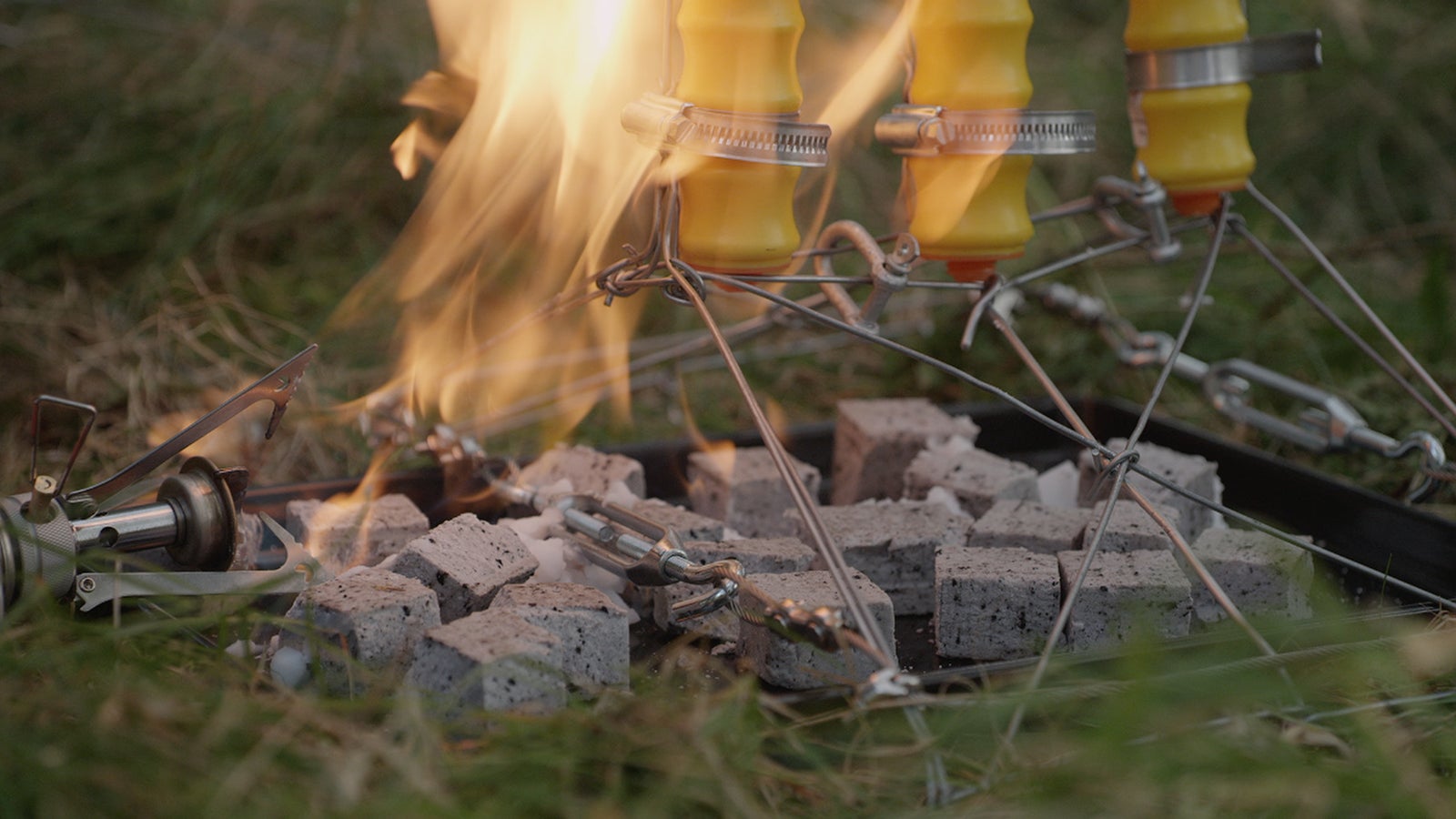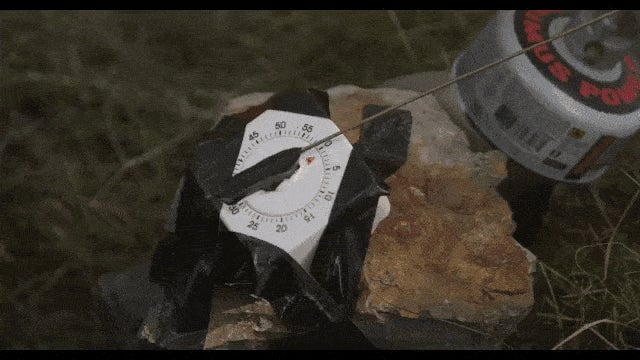Discover how everyday objects can do extraordinary things
In a heavily wooded promontory at the western edge of the Scottish Highlands lies a small clearing. It is a stunning and peaceful spot, one Alec Dunbar finds perfect for constructing the device that very well may save his life. Among the materials available to him are a gas stove, coat hanger, gaffer tape, kitchen timer, and flares. What results can only be defined as a Rube Goldberg Machine: a time-honored contraption of ingenuity, resourcefulness, and unneeded complexity.


In a heavily wooded promontory at the western edge of the Scottish Highlands lies a small clearing. It is a stunning and peaceful spot, one Alec Dunbar finds perfect for constructing the device that very well may save his life. Among the materials available to him are a gas stove, coat hanger, gaffer tape, kitchen timer, and flares. What results can only be defined as a Rube Goldberg Machine: a time-honored contraption of ingenuity, resourcefulness, and unneeded complexity.
Alec’s machine—featured prominently in the conclusion of The Vanishing Game—comes 100 years after the original was built by Reuben Lucius Goldberg, a one-time engineering student turned cartoonist whose illustrations of chain-reaction machines have been a sensation ever since they first appeared. By 1931, Goldberg Machines were so popular in both conceptual and physical form that Webster’s Dictionary created an entry for the adjective “Rube Goldberg,” meaning “accomplishing by complex means what seemingly could be done simply.”

Over the years, Rube Goldberg Machines have moved from the realm of nerdy pranks to high art. A 1970 retrospective at the Smithsonian Museum of History and Technology (now known as the National Museum of American History) celebrated Goldberg’s contributions across various forms of media, cementing his legacy just months before his death. Posthumously, machines carrying his name continued to be constructed unabated. The 1987 Swiss film Der Lauf der Dinge (The Way Things Go) tracks a 30-minute-long kinetic chain that unfolds with the grace, precision, and beauty of ballet.
In the digital age, when technology builds upon itself rapidly, the unashamedly analog-ness of Rube Goldberg devices serve a valuable function. When silicon chips, sensors, and batteries fail us, the simple, everyday objects are there waiting. With the right imagination, they’re capable of extraordinary things.

This article was produced on behalf of Land Rover by the Quartz marketing team and not by the Quartz editorial staff.